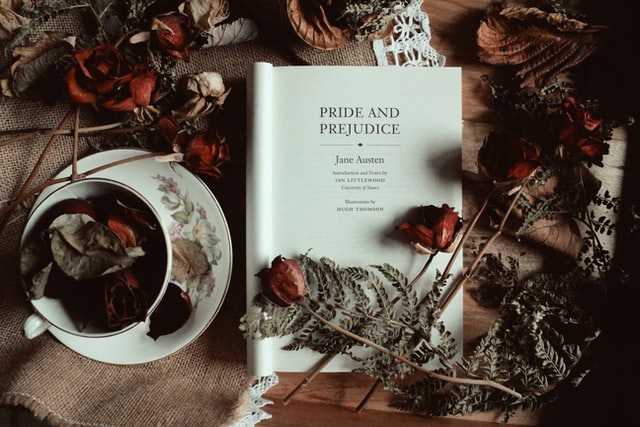Commas can be very useful little additions in our punctuation arsenal but they can also be intensely irritating. Luke Finley discusses using commas with conjunctions and independent clauses – an insertion that can raise questions and even arguments.
When I looked at commas in the July/August and September/October 2017 issues of Editing Matters, I warned that I was covering only a few of the uses of this chameleon of the punctuation world. Another that has come up on the member forums since then is their use when joining two independent clauses.
My thanks go to Shuna Meade for raising the question on the forum, and to the respondents on the thread for helping to clarify the point (and providing the chameleon metaphor!).
What’s the issue?
Some of us were taught (and some of us have ten-year-olds who are still being taught) never to use a comma before and or but when joining two independent clauses. In reality, there’s clearly no such rule.
I am a copy-editor and I work from home
I am a copy-editor, but I used to work for the council
You could insert a comma in the first example or delete the one in the second without making either of these sentences wrong. But if that’s true, why use a comma in one case and not the other? The choice of conjunction is different, clearly, but is that the decisive factor? Not necessarily; these sentences are also acceptable:
I am a copy-editor, and I have a ten-year-old son
Nick has a son too but he’s already a teenager
In the absence of a strict grammatical rule, then, how do we decide?
Close connection
The strength of the connection between the two clauses is probably the most useful consideration. In my first example I chose not to use a comma because the two clauses seemed inextricably linked: the fact that I work at home tells you something relevant about the kind of copy-editor I am.
In the second example there is a shift of focus between past and present: the comma marks this more distant connection.
In the third example, omitting the comma might misleadingly imply a connection (some illegal, nepotistic subcontracting arrangement?) between two clauses that aren’t very closely related.
The fourth is maybe the most ambiguous case: I felt that the shift here was between the previous sentence and this one, not within the sentence, so I didn’t need a comma. But this is a style choice and you’d be free to approach it differently.
However, it’s worth noting that, by definition, but is generally more likely to introduce a contrast or a change of emphasis than and, so the comma is more likely to be appropriate.
Consider also whether there’s a second subject in the second clause: if so, the relationship between the two clauses is likely to be less close – although this is certainly not always the case.
Removing ambiguity
The comma before a conjunction can help to prevent misreading:
Aristotle was an early empiricist and no great thinker …
Quite a bold claim! But the sentence continues:
… who followed could be taken seriously without having engaged with his works.
Serious misunderstanding may be unlikely here, but a comma before the conjunction would prevent an unintended jarring or comical effect that might bring the reader up short.
 Prosody
Prosody
Commas are sometimes described as marking natural pauses in a sentence. Steven Pinker (The Sense of Style, Penguin, 2014) points out that this was once their main function, citing Jane Austen’s famous opening line to Pride and Prejudice – its two commas would now both be regarded as incorrect. Dickens also peppers his long sentences with commas: some of them now seem unnecessary or wrong, but if you ever have to read his work aloud, you might be grateful for them.
The description of commas as marking a pause isn’t always helpful – it’s fairly subjective, and it doesn’t apply equally to all comma uses. It might be worth bearing in mind in relation to the usage discussed here, though: where there’s a shift of focus as already discussed, a pause is also more likely.
![]() Luke Finley is an Advanced Professional Member, and set up Luke Finley Editorial in 2013. He will edit just about anything, but specialises in social policy and politics.
Luke Finley is an Advanced Professional Member, and set up Luke Finley Editorial in 2013. He will edit just about anything, but specialises in social policy and politics.
This article originally appeared in the September/October 2018 edition of Editing Matters.
Photo credits: Chameleon by Cécile Brasseur; Pride and Prejudice by Elaine Howlin, both on Unsplash
Posted by Abi Saffrey, CIEP blog coordinator.
The views expressed here do not necessarily reflect those of the CIEP.

